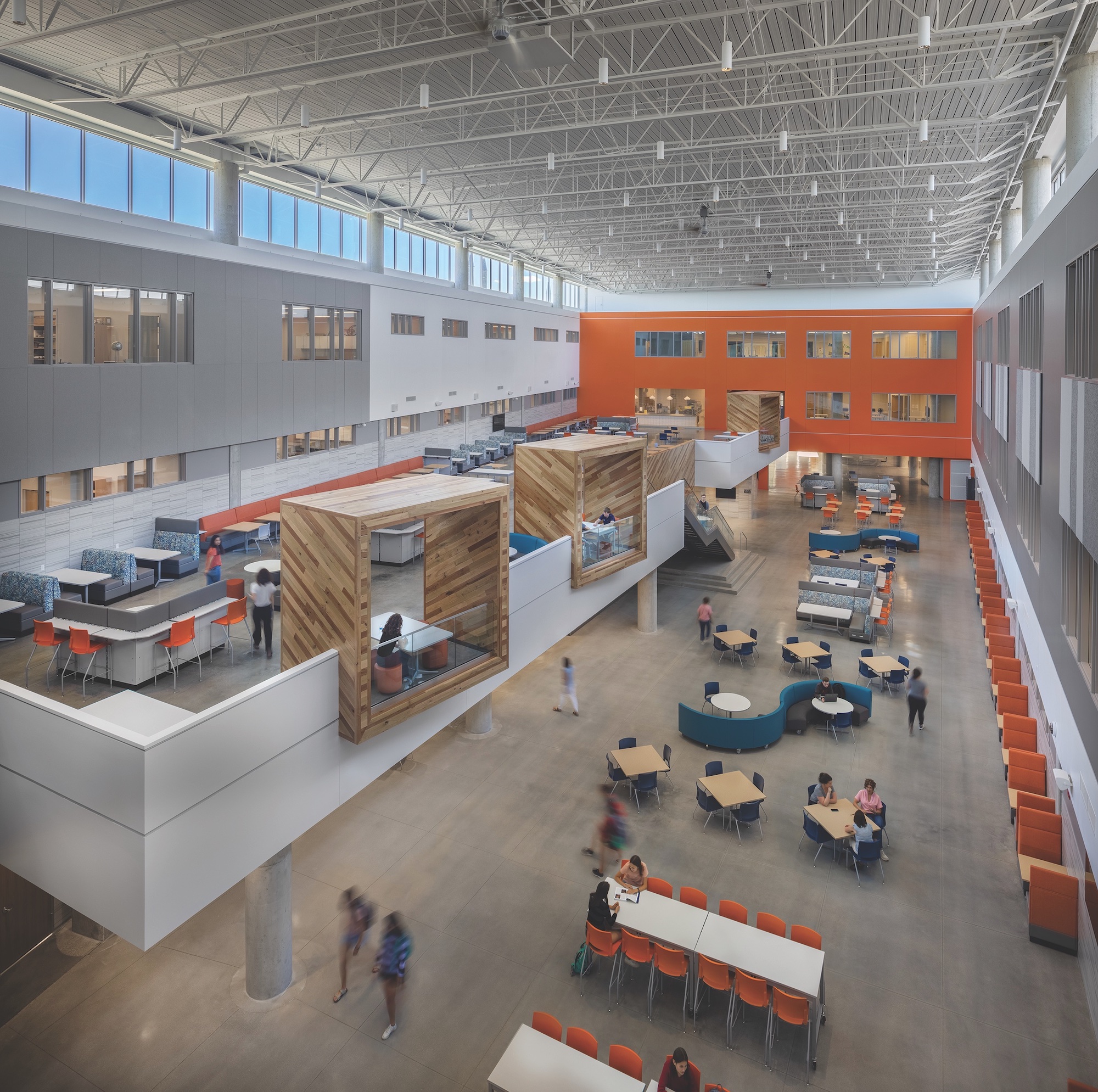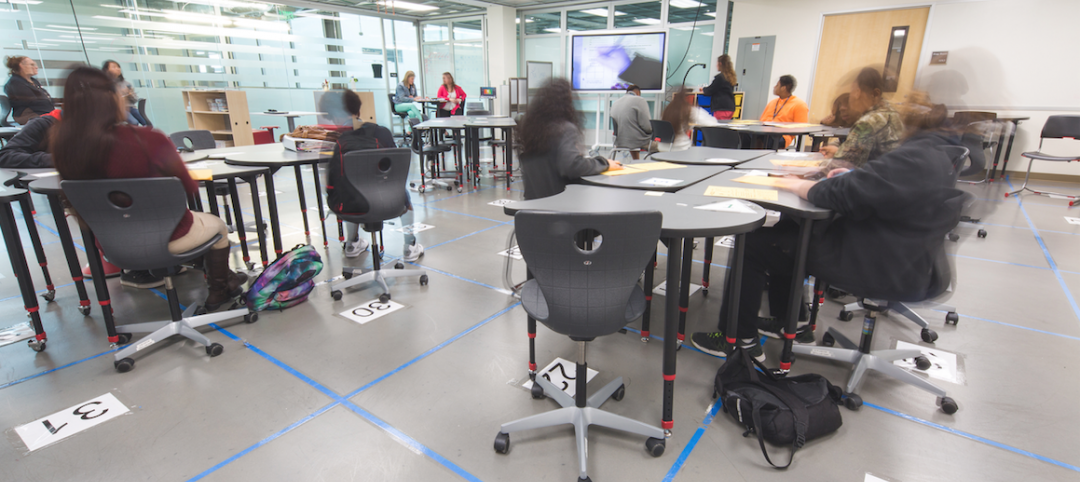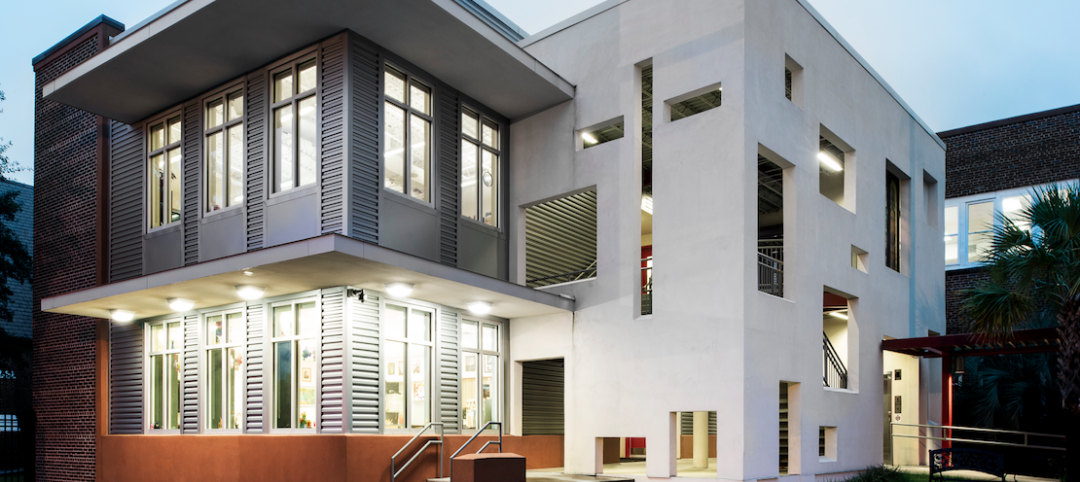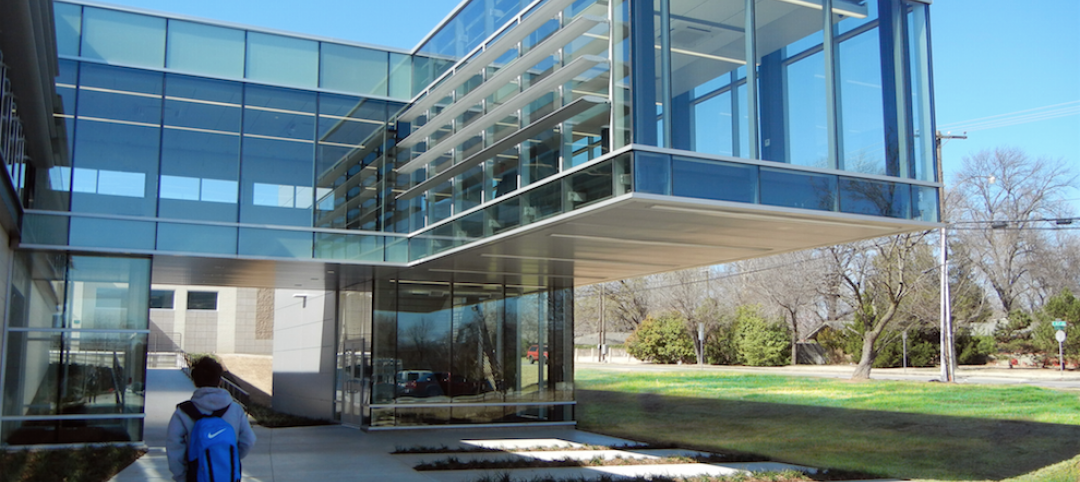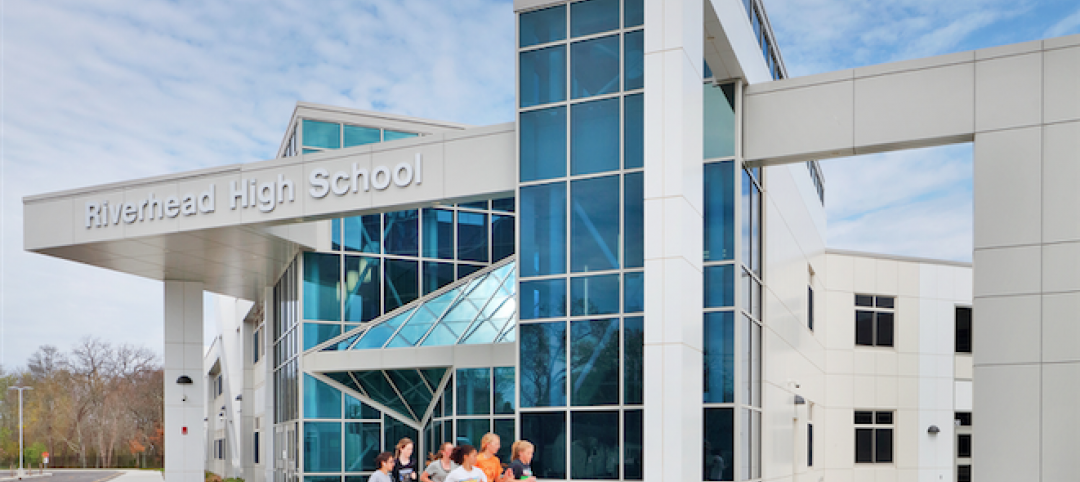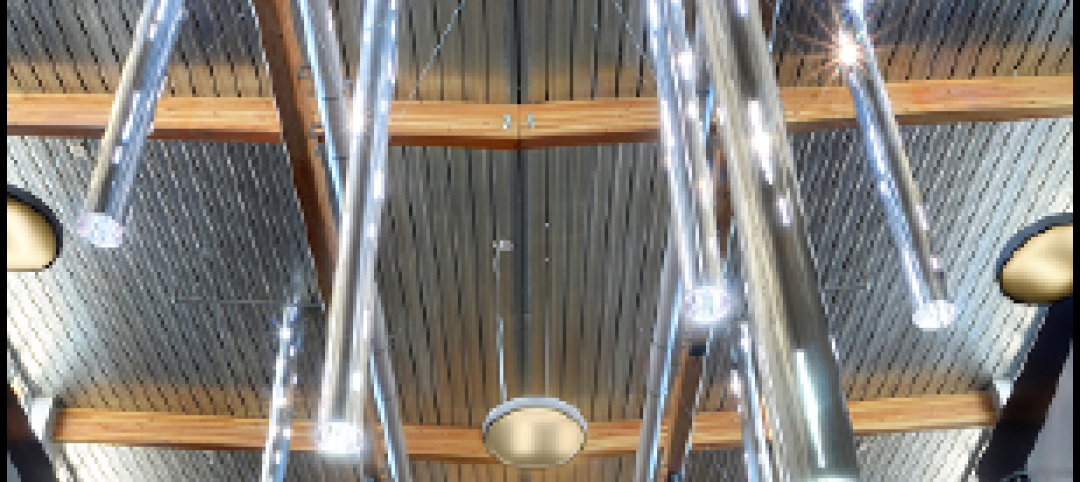During the past year, general contractor Findorff started work on more than $300 million in large-scale renovations for one of Wisconsin’s largest K-12 school districts. That work includes $70 million in each of the district’s four comprehensive high schools, significant improvements to a smaller community-based high school, and the construction of a new elementary school to improve structure equity in the district.
The global design firm DLR Group has been seeing more community and school-district interest in adaptive reuse, specifically in transforming vacant retail, warehouse, and other large-volume spaces into educational environments, according to K-12 Education Design Leader Todd Ferking, AIA.
While new construction comprises a sizable portion of AEC firms’ K-12 work, renovations and adaptive reuse are often the preferred modernization options for school districts and municipalities. “The majority of our K-12 work is still very renovation heavy. Much of the K-12 infrastructure isn’t feasible to replace, nor is replacement always necessary,” says Vaughn Dierks, AIA, LEED AP, Partner in Charge at Wold Architects + Engineers. One of his firm’s recent design examples is White Bear Lake (Minn.) High School, a reuse of the original core buildings with major interior reconfigurations, new additions, and systems replacements.
The choice between renovation or new construction often comes down to land, agree Skanska executives in five markets—Seattle, Portland, Ore., Tampa, Boston, and Cincinnati—who responded to BD+C’s questions. New construction makes up the majority of Skanska’s K-12 projects in the Pacific Northwest, Massachusetts, and Ohio, whereas renovations are more common in Florida. “No matter what the region, for school districts with available land, we see more new construction, while those without land are relying on renovations, adaptive reuse, or demolishing and replacing facilities,” the firm states.
However, as Christin Misna, Findorff’s Director of Education Market, notes, new construction still makes sense when schools consolidate in reaction to enrollment declines, or when a building has reached the end of its lifespan, or if the costs of repairs or renovations exceed the benefits of building new.
Balancing security and wellness in K-12 schools
Regardless of whether the project is new or a rehab, school districts prioritize safety and security of students, faculty, and staff. In one of its large high school replacement projects, Skanska is demolishing an existing school, which is only 40 years old, because its campus was designed in an open California style with multiple entrances. “The new high school is designed to create a single entrance point for a controlled, safe campus,” explains Trevor Wyckoff, Skanska’s Vice President and Account Manager in Oregon.
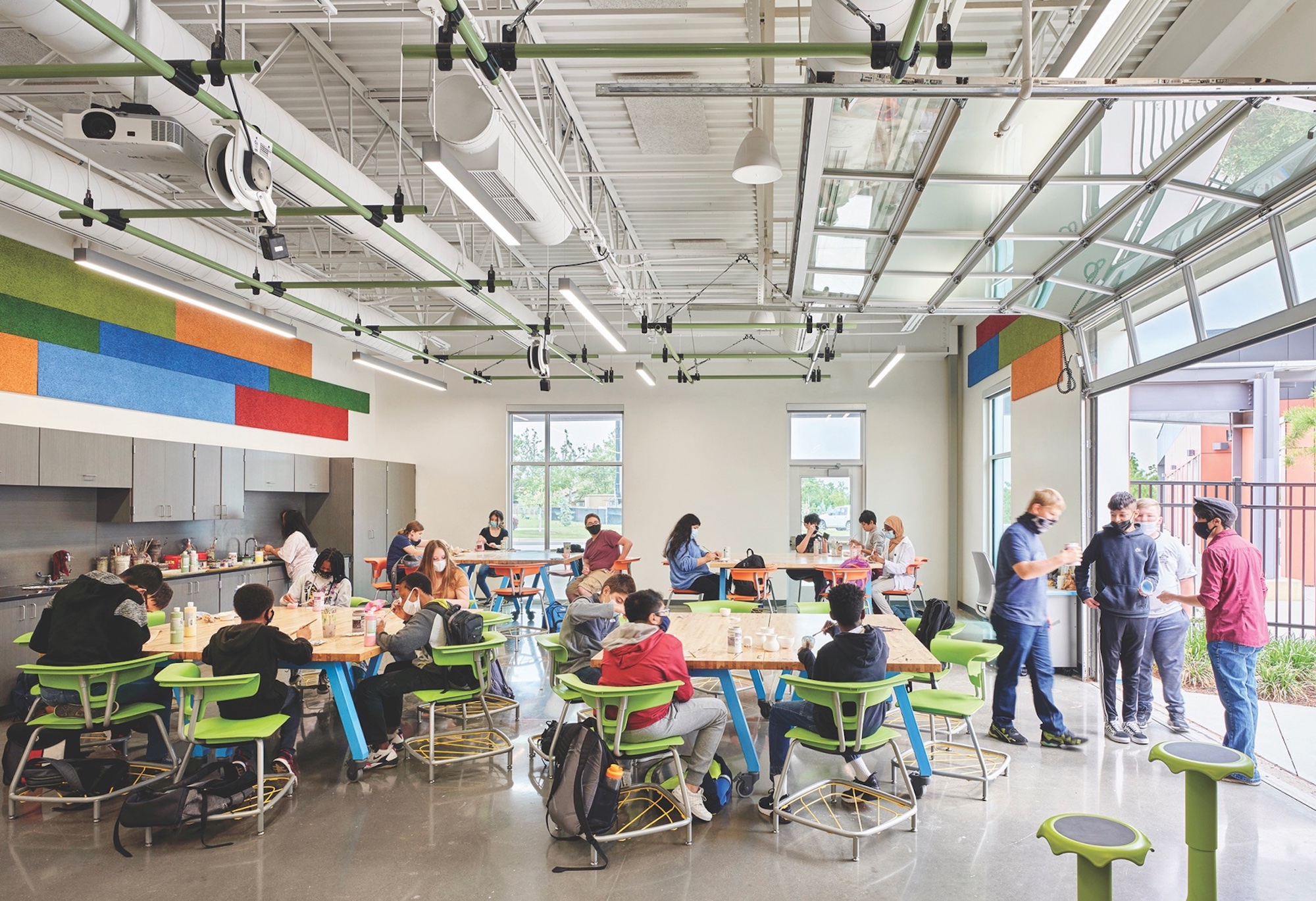
“Safety is at the forefront for every design decision, scope option, logistical consideration, and program for a K-12 project,” assert Jason Santor and Travis Coombs, the construction firm CORE’s Director of Preconstruction in Arizona and Vice President in Nevada, respectively.
The safety measures that AEC firms say are being designed or built into K-12 schools include impact-resistant glass at interior and exterior glazed entrances that provide visibility to gathering spaces, secure vestibules that might also include video surveillance, landscape design that limits hiding places for perpetrators, lockdown zones with strategic door hardware schedules to hinder access to classrooms and shelter-in-place spaces, and “conceal spots” within the school where students can protect themselves.
That being said, AEC firms are designing schools, not jails, points out Wold’s Dierks. While many AEC firms and their clients continue to follow Crime Prevention Through Environmental Design (CPTED) principals, they’ve also made efforts to balance safety with wellness. “There is a major focus to incorporate principles such as natural surveillance, territorial reinforcement, natural access control, maintenance, lighting, and landscaping,” say three executives from the design firm Orcutt|Winslow who responded to BD+C’s questions.
DLR Group’s Ferking has observed a shift toward designing for social and emotional health, so that bullying and violent behavior can be stanched, and students in distress can be more easily identified.To those ends, technology plays an increasingly important operational role for K-12 schools. “Technology is no longer an option in schools; it’s a requirement,” says Susan Tully, Gilbane Building Company’s K-12 Education Leader. She’s seeing more demand for robust wireless infrastructure, and the installation of new communication systems into existing schools.
The proliferation of mobile interactive flatscreen monitors is giving schools the flexibility to use spaces like cafeterias and gyms as teaching stations, observes Tina Stanislaski, a Principal with Cambridge, Mass.-based HMFH Architects. What has surprised the executives at Orcutt|Winslow is that, after two years of COVID-induced remote learning, which some districts predicted would be transformative, teachers are once again leaning toward interpersonal and even analog learning methods. “People are starved for human connection, and there does not seem to be a digital replacement,” the firm’s execs say.
Technology upgrades are probably most evident in schools’ indoor air quality and acoustics. Arlington (Va.) Public Schools contracted the engineering and building performance consultant CTMA to provide an analysis of the district’s classrooms to ensure they met ASHRAE air quality and ventilation standards. The district spent $500,000 on upgrades, new filters, and equipment that included more than 2,000 Certified Air Cleaning Devices that CMTA installed, confirms Tony Hans, the firm’s Vice President.
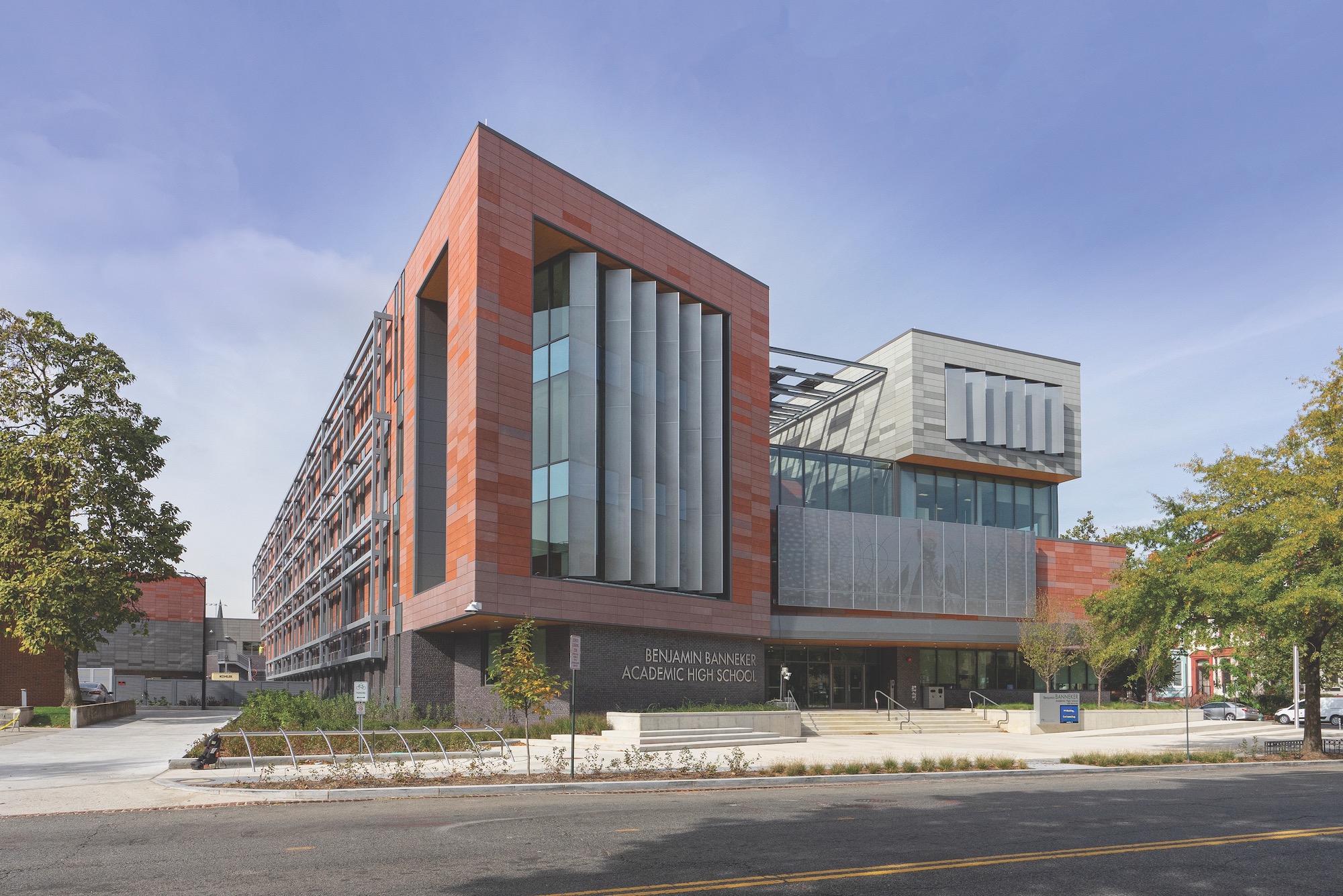
Washoe County (Nev.) School District, which has been on a school building binge over the past six years, realized that it needed to pay more attention to acoustical performance throughout all spaces, and particularly in music rooms and multipurpose rooms, say CORE’s executives, whose firm has worked with the district on a number of school projects.
Acoustical issues “are often overlooked” in school design, says Mark Quattrocchi, FAIA, Principal at Quattrocchi Kwok Architects, and such oversights can be detrimental to comprehension, communications, and student wellbeing. QKA typically retains a consulting acoustical engineer to advise on its K-12 construction and renovation projects.
Skanska’s Highline High School project, which is near Seattle’s Sea-Tac International Airport, received an FAA grant to cover the cost of acoustic elements to dampen aircraft noise. Skanska worked with an acoustical consultant to determine potential solutions, which resulted in value engineering the roof of the school’s 400-seat theater that was constructed using a perforated cellular acoustical deck and multiple layers of drywall.
Exposing K-12 school students to the outdoors
When HMFH installs HVAC systems into schools, it typically favors displacement ventilation in lieu of air conditioning. Displacement ventilation supplies 100% outdoor air that never recirculates, says Stanislaski, who adds that there’s less upfront cost because the system has fewer moving parts that require maintenance.
This choice accentuates how school projects are creating more access to the outdoors for social distancing, comfort, cognitive alertness, and as a learning tool. “We are starting to see this,” says Shane Butler, Kraus Anderson’s Construction Executive and Senior Project Manager. Two of his firm’s recent construction management projects—the preK-12 Red Rock Central and North Park School for Innovation, both in Minnesota—will feature outdoor classrooms.
SEE ALSO:
• Top 160 K-12 School Sector Architecture and AE Firms for 2022
• Top 70 K-12 School Sector Engineering and EA Firms for 2022
• Top 100 K-12 School Sector Contractors and CM Firms for 2022
CORE has seen multiple districts creatively integrate the outdoors into their schools via roll-up doors, courtyard spaces, and exterior amphitheaters. Its executives point specifically to the Eagle Valley Middle School addition being constructed for the Carson City (Nev.) School District, which incorporates an architectural masonry wall that serves as a projection screen, an exterior learning stair, and a garden.
“We typically work with our landscape architects to design various outdoor educational spaces” that include hands-on gardens, wetlands labs to study plants and animals, and green roofs for outdoor science labs and health classes, says HMFH’s Stanislaski. “These connections need not complicate design or construction, but do expand learning spaces at minimal cost to the project budget.”
Proposed and existing mandates drive sustainability in school construction
HMFH is among the AEC firms that districts are asking to make their schools more sustainable by reducing their energy, water, and waste. Districts are trying to stay ahead of municipal, state, and federal mandates that are calling for net-zero energy in new construction. Districts are also reframing sustainability as more than a checklist of requirements for resource conservation to where the discussion revolves around the wellbeing and needs of students and the community, say DLR Group’s Ferking and Gilbane’s Tully.
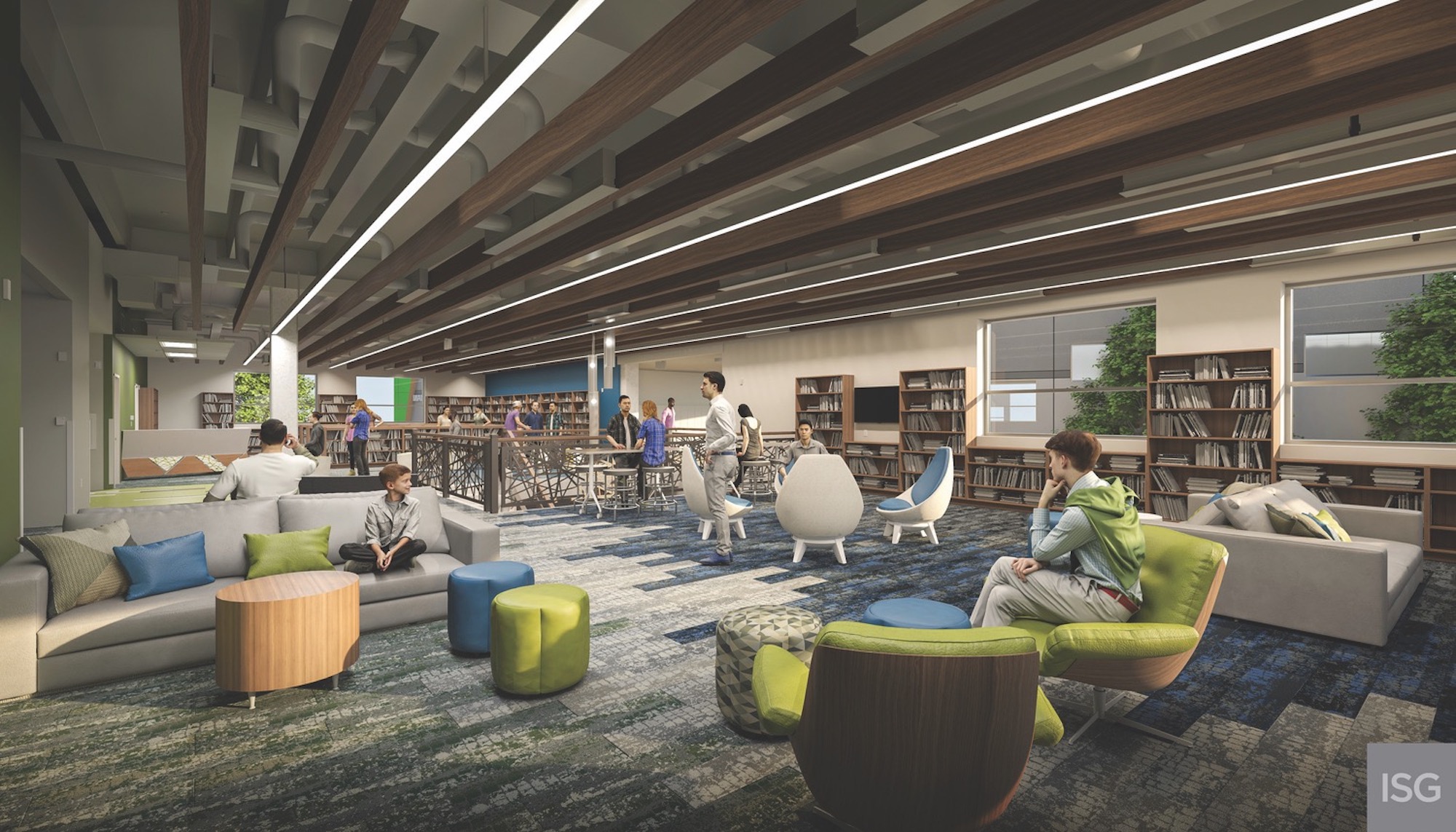
One of HMFH’s projects, the Annie E. Fales Elementary School in Westborough, Mass., is the first net-positive energy public school in New England. Another project, Bristol County Agricultural High School, is the first Massachusetts public school to use composting toilets, which helped cut the school’s water use in half even as enrollment increased by 40%. And a third, Arlington High School, is one of Massachusetts’ largest all-electric carbon-free public high schools.
CTMA has designed 36 net-zero energy K-12 schools across the U.S. Hans says that as early into a school’s planning stage as possible, his firm sets sustainability goals for the project that include energy reduction, occupant health and wellness, and building certification targets. “This immersive process allows the team to look beyond standard systems and create a holistic picture of the whole building concept before the design is developed, ensuring the sustainable features are incorporated and maintained during construction,” says Hans.
Skanska recently completed an energy management program for Hillsborough Public Schools in Florida. With more than 270 buildings, “the district’s energy bill is substantial,” says Daniel Abou-Jaoude, Vice President and Account Manager for Skanska’s Florida operations. The program included a district-wide, $100 million energy retrofit for LEDs and lighting controls that cut the district’s energy bill by 35-40%, which Abou-Jaoude says translates into $30 million in savings per year.
Related Stories
K-12 Schools | Aug 4, 2016
First Look: New Sandy Hook Elementary School blends safety and nature
The new Sandy Hook Elementary School has been carefully designed with state-of-the-art safety measures to keep students safe.
| Aug 1, 2016
K-12 SCHOOL GIANTS: In a new era of K-12 education, flexibility is crucial to design
Space flexibility is critical to classroom design. Spaces have to be adaptable, even allowing for drastic changes such as a doubling of classroom size.
| Aug 1, 2016
Top 80 K-12 School Construction Firms
Gilbane, Balfour Beatty, and Core Construction head Building Design+Construction’s annual ranking of the nation’s largest K-12 school sector construction and construction management firms, as reported in the 2016 Giants 300 Report.
| Aug 1, 2016
Top 60 K-12 School Engineering Firms
AECOM, Jacobs, and STV top Building Design+Construction’s annual ranking of the nation’s largest K-12 school sector engineering and E/A firms, as reported in the 2016 Giants 300 Report.
| Aug 1, 2016
Top 100 K-12 School Architecture Firms
DLR Group, Stantec, and Huckabee top Building Design+Construction’s annual ranking of the nation’s largest K-12 school sector architecture and A/E firms, as reported in the 2016 Giants 300 Report.
K-12 Schools | Jun 2, 2016
Chicago charter school designed by Studio Gang emphasizes sustainability and wellness
The Academy for Global Citizenship’s new purpose-built structure, located in the Garfield Ridge neighborhood of Chicago, is meant to reflect its operating philosophy that the path to a more sustainable future begins in the classroom.
Industry Research | Feb 22, 2016
8 of the most interesting trends from Gensler’s Design Forecast 2016
Technology is running wild in Gensler’s 2016 forecast, as things like virtual reality, "smart" buildings and products, and fully connected online and offline worlds are making their presence felt throughout many of the future's top trends.
K-12 Schools | Feb 4, 2016
Grimshaw and BVN design 14-story public school in Australia
The design of the high-rise is based on the template of Schools-within-Schools (SWIS), a system that de-emphasizes age groups.
| Jan 14, 2016
How to succeed with EIFS: exterior insulation and finish systems
This AIA CES Discovery course discusses the six elements of an EIFS wall assembly; common EIFS failures and how to prevent them; and EIFS and sustainability.


